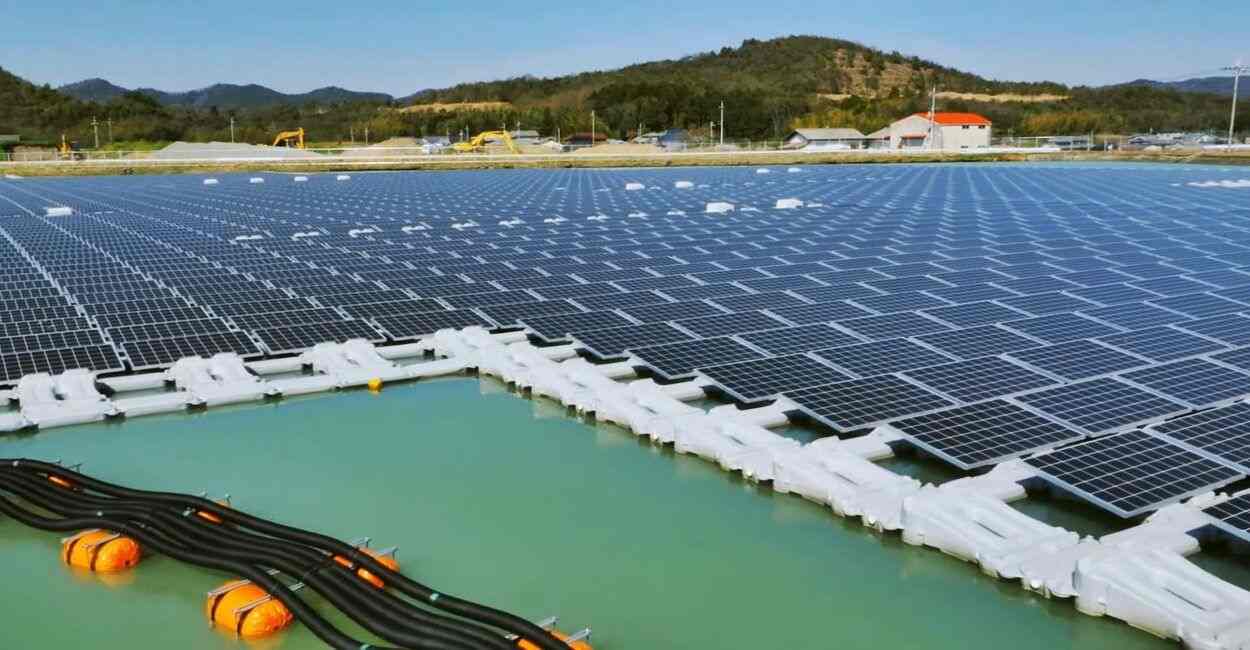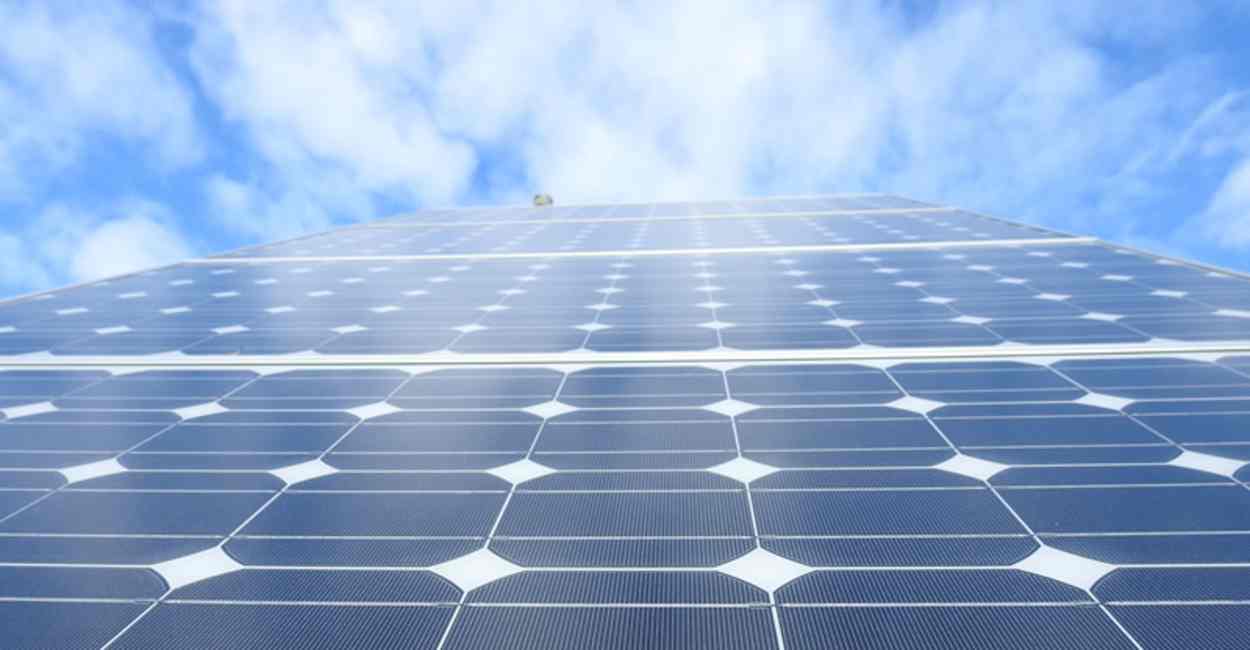Performance Parameters Of Solar Panel

The performance of a Solar PV Plant is totally dependent upon the key parameters of the solar PV. Some of the parameters are directly based on the design and equipment selection, and some of them depend on the site and the environmental conditions. Here we have mentioned some of the key parameters that directly or indirectly impact the performance of Solar PV Plants:
Radiation At The Site
For any specific design of solar PV, the primary requirement is the accuracy of the solar radiation data. The method used for measuring data for exact configuration is the primary factor that must be kept in mind. The data might be instantaneously measured (irradiance) or integrated over some time (irradiation), usually one hour or day. India has tremendous scope for generating solar energy as it has a geographical location and receives solar radiation almost annually. In terms of numbers, India absorbs 3000 h of sunshine. This number is equivalent to more than 5000 trillion kWh. Every part of India receives around 4–7 kWh of solar radiation per sq. meters daily.
Losses In PV Systems
The system losses cause the reduction of the power that is actually delivered to the electricity grid to be lower than the power produced by the PV modules. This loss can be caused due to various reasons like losses in cables, power inverters, dirt on the modules, ambient temperature, varying insolation levels, and many more. While designing a PV system, one must consider all the cases of losses.
Temperature And Climatic Conditions
The performance of the module is generally rated under Standard Test Conditions (STC). As per the standards, the performance of the modules must be under the category of irradiance of 1,000 W/m², the solar spectrum of AM (Air Mass) 1.5, and module temperature at 25°C. All electrical parameters of the solar module are temperature-dependent. The output of the module decreases with an increase in temperature.
Design Parameters Of The Plant
Some critical factors which must be kept in mind at the time of designing are that there must be a proper selection of modules, the optimum angle of tilt, minimization of ohmic losses with proper selection of conductors, selection of efficient transformers and inverters, and many more. The utilization of reliable and long-life components is essential for solar power plants.
Inverter Efficiency
A solar PV inverter converts the direct current (DC) electricity from a photovoltaic array into an alternating current (AC). These inverters are used in isolated systems or grid tie inverters which are basically used to connect the power plant to the grid. The currently available grid-connected inverters have efficiencies of 96% to 98.5%, and hence choosing the correct inverter is crucial in the design stage. There are less efficient inverters below 95% are also available.
Module Degradation Due To Aging
The degradation of solar modules with temperature and time contributes to the output that is generated by the panels. It is believed that the output of solar decreases with the increase in the year of usage of the same, and so does the revenue from the sale of power, and therefore accurate data must be available at the outset so that the power plant design is ensured according to the exact and not over or under the required output. Along with system price, system yield, and capital interest rate, the lifetime of the module is one of the four factors which determine the cost of electricity produced by the module. The lifetime is decided by the degradation rate.
What Is Solar Performance Ratio?
The performance ratio is a measure as per the quality of a PV plant that is independent of location and it is therefore often described as a quality factor. The performance ratio which is abbreviated as PR is stated as percent and describes the relationship between the actual and theoretical energy outputs of the PV plant. Thus, it helps in reflecting the proportion of the energy that is actually available for export to the grid after the deduction of energy loss and consumption of the energy.
The performance of PV systems is calculated as follows:
Where the terms state for:
E = Electricity generation [kWh]
Pp = Installed capacity [kWp]
GPOA = Total global solar irradiation sum on the plane of array [kWh/m²]
GSTC = Global solar irradiance at STC [1 kW/m²]
A performance evaluation can be done when a pyranometer is connected to the inverter or a separate monitoring system.
How To Check the Performance Of A Solar Panel?
Solar cell efficiency can be seen as the output of a panel or the input of solar energy from the sun. The amount of the energy of the sun that is hitting a panel is eventually converted into electricity which is measured by efficiency. The efficiency depends on factors that include the intensity of the sunlight, the solar cell’s temperature, and other external factors.
The electrical power produced is a product of current and voltage.
Why Is It Necessary To Find Out The Efficiency Of The Solar?
No matter the usage, non-detection becomes problematic when you lose the output of your solar panels.
It has been detected that most of the asset owners are unaware of the fact that whether their panels are malfunctioning or not even though they have real-time data from their solar installer. Optimizing the existing solar assets is crucial for maximizing the financial opportunity and also to ensure long-term reliability of energy infrastructure.

Simple Measures To Check The Efficiency Of Your Solar Cells
In terms of investment, solar rooftop systems will last for decades. Here we have mentioned a few essentials that are relevant for the functioning of the solar panels so that you are attaining the greatest possible output from your device.
1. Check the color of light on your inverter
One of the simple health checks for your solar can be done by checking the light on your inverter; the light might be red or green.
A green light on your inverter simply states that your system is working perfectly. A red or orange light during daylight hours represents a point of fault in the system. The older generation of inverters may use yellow light to indicate a fault instead of reflecting a red one.
2. Check for shading on panels
The occurrence of dirt over the shading on panels can reduce the output of the panels.
Along with the formation of shading and dirt, consider checking your panels regularly.
There can be more trouble when the panels are string mounted or connected together. The factor affecting the output of one panel will also be impacted by the other panel which can ultimately reduce your panels’ efficiency.
When you feel that the issues cannot be resolved by yourself and the simplified testing procedures do not apply, please contact your contractor for safety measures.
3. Check the meter for generation numbers
Keeping a regular record of the numbers that are used to compare them over time and the identification of any potential issues can be identified.
The online availability of the data and graphs is more comprehensively detailed, they are easier to understand and can compare the expected performance. The amount of energy it produces is measured in terms of kilowatt-hours.
Common factors that can affect the efficiency of the solar cells’ output
Even the best solar panels may get impacted by environmental factors significantly. Losses can occur with the inverter or due to the cabling.
Solar Panel Performance Comparison
If the used panels are in a working state, the panels will underperform in comparison to new panels. Like any other technology, the performance of solar panels reduces with the increasing usage of solar. As per the performance warranties, it has been claimed by the service provider companies that the system will facilitate 90% production for 10 years and 80% for a further 15 years. It only declined by 10% in performance in the first 10 years and by 20% in the warranty period of 25 years.
Apart from the age factor, damaged cells, and outdated technology, the older panels may also experience fluctuations for no plausible reason. If it occurs then one may experience high energy output.
The performance warranty will in most cases be voided when purchased as second-hand solar panels.
What Is The Maximum Output Of A Solar Panel?
Power output is an important metric for your home or commercial solar panel system. When you buy or install a solar photovoltaic (PV) energy system, the price of the system is directly related to the output of your system.
Solar panel wattage represents a solar panel’s theoretical power production under ideal sunlight and temperature conditions. Wattage is calculated by multiplying volts with amps where volts represent the amount of force of the electricity and amperes (amps) refer to the aggregate amount of energy that has been utilized. For grid-tied systems, open-circuit voltage and the voltage of your system may not be as significant).
How Do Size And Quantity Impact Output?
Power output is not an indication of a panel’s quality and performance. Some panels show high power output ratings, this is all because of their larger physical size rather than their higher efficiency or technological superiority.
Let us learn it by an instance if two solar panels both have 15% efficiency ratings, but one has a power output rating of 250 watts, and the other is rated at 300 watts. Here the 300-watt panel is about 20% physically larger than the 250-watt panel. That’s why industry experts view panel efficiency as being a more indicative criterion of solar panel performance strength than solar capacity alone.
A solar panel system with a total rated capacity of 5kW (kilowatts) could be made up of either 20 250-Watt panels or 16 300-Watt panels. Both systems will generate the same amount of power in the same geographic area.
Conclusion
There is massive competition in the solar power market. Emerging countries such as China and India are the greatest polluters at the moment. However, this competition is expected to lead to lower prices for solar panels, and promote more efficient storage solutions.
This will lead to less expensive and more efficient solar power modules that can easily be installed on the rooftop of your home.
Solar panel affordability and efficiency have improved dramatically over the past few decades. The government of the country is also facilitating various grants to households to opt for renewables to power their homes. On the other hand, researchers are actively looking at improving the efficiency rate of photovoltaics to generate most of the electricity out of solar power.

